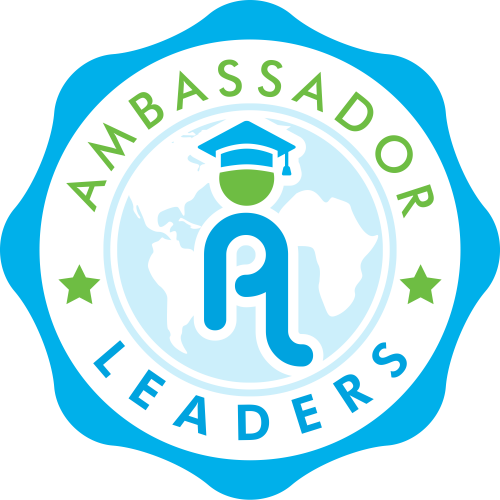We learn more and better when we learn together.
Today, we’re continuing our Foundations series. Our foundational values are at the heart of all that we do, but it isn’t enough to share what they are. In this series, we’ll explore why we chose these five pillars and how we teach them to students. You can read the whole series here.
We believe that nobody succeeds alone. Our teacher leaders and staff work with one another and with their students to make each summit a success. Likewise, students work with their teammates to develop and present a capstone project at the conclusion of each summit.
If you’ve been reading along with our Foundations series, you’ll know by now that we’re all about bringing people together, so it should come as no surprise that collaboration is one of our foundational values. Individual leadership is both one of our values and a quality we seek to strengthen in all our students; however, we know that individual leadership only takes a person so far if they don’t also know how to work well in a team.
We believe this will become even more true as technology continues to connect people worldwide. From multiplayer online games to crowdsourcing data and sharing resources (like Uber and Airbnb), our increasingly interconnected society rewards collaborative thinking and action.
Beyond that, students who learn in collaborative settings enjoy a whole host of benefits that they carry with them for a lifetime, and the skills they gain are sought-after in the workforce. In fact, collaboration ranked as the third most in-demand soft skill among employers polled by LinkedIn.
To get collaboration right from the very start of the Summits, our teacher leaders guide their students as they create team norms, or behavior guidelines. Although the team norms activity is simple in its design, it sets the tone for the week in crucial ways. First, students have to mutually agree on a select few norms. In and of itself, setting norms is a collaborative exercise. Second, it allows each team to decide what to expect from its members—how to talk to and treat one another—and gives teammates a reference point if the collaboration process gets tough as they complete their capstone project.
The truth of the matter is collaboration can be tough, and it takes trust. That’s why the first days at every Summit are dedicated to team building. Students visit a ropes course where they complete low and high-rope challenges with their teammates.
While these challenges push students out of their personal comfort zones and grow their individual courage, they also build students’ trust in their teammates—teammates they must rely upon and work with to solve problems and complete tasks. By the time students establish norms and wrap up team building, you can see each team’s dynamic begin to gel.
Students then apply this newly developed trust and team spirit to their capstone projects. Whether students are completing the case study at the Medicine and Health Care Summits or a community action plan at the Leadership Summits, they have to work collectively toward a common goal, knowing they will present their project to their peers by the end of the Summit.
These capstone projects require students to practice collaborative skills like problem solving, delegating tasks, consensus building and active listening. They also allow students to showcase their strengths and talents, whether that’s building the PowerPoint presentation, designing the team’s logo, researching relevant information or scripting the team’s presentation.
In the process, students gain self-confidence because they see the value of their contributions, they perform better because they know their team is counting on them, and they learn more because they learn from one another as well as their teacher leader.
Alumni parents (and students) frequently remark how much the Summit experience helped their child (or themselves) grow. It doesn’t seem possible for so much change to happen in such a short period of time, but it is! By being intentional about effective collaborative learning through setting norms, team building and collective capstone projects, Ambassador Leaders creates a place where all students can shine.
In fact, like our interconnected world, three of our foundational values—leadership, inclusion and collaboration—are dynamically linked. You can’t be a great team player without having some leadership skills, and you can’t be a great leader without the ability to be a team player. At the same time, for a collaboration to really work, team members have to bring different skill sets to the table. Collaboration means recognizing and valuing everyone’s unique merits.
For these reasons, collaboration is a necessary part of who we are and what we teach at Ambassador Leaders. We really are better together.
By Corie Bales
Corie is the Academic Affairs Manager of Ambassador Leaders. As a lifelong educator and avid traveler, she believes in empowering students and teachers to learn and lead through experiential education.





